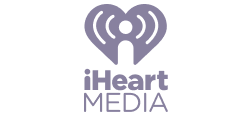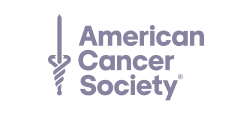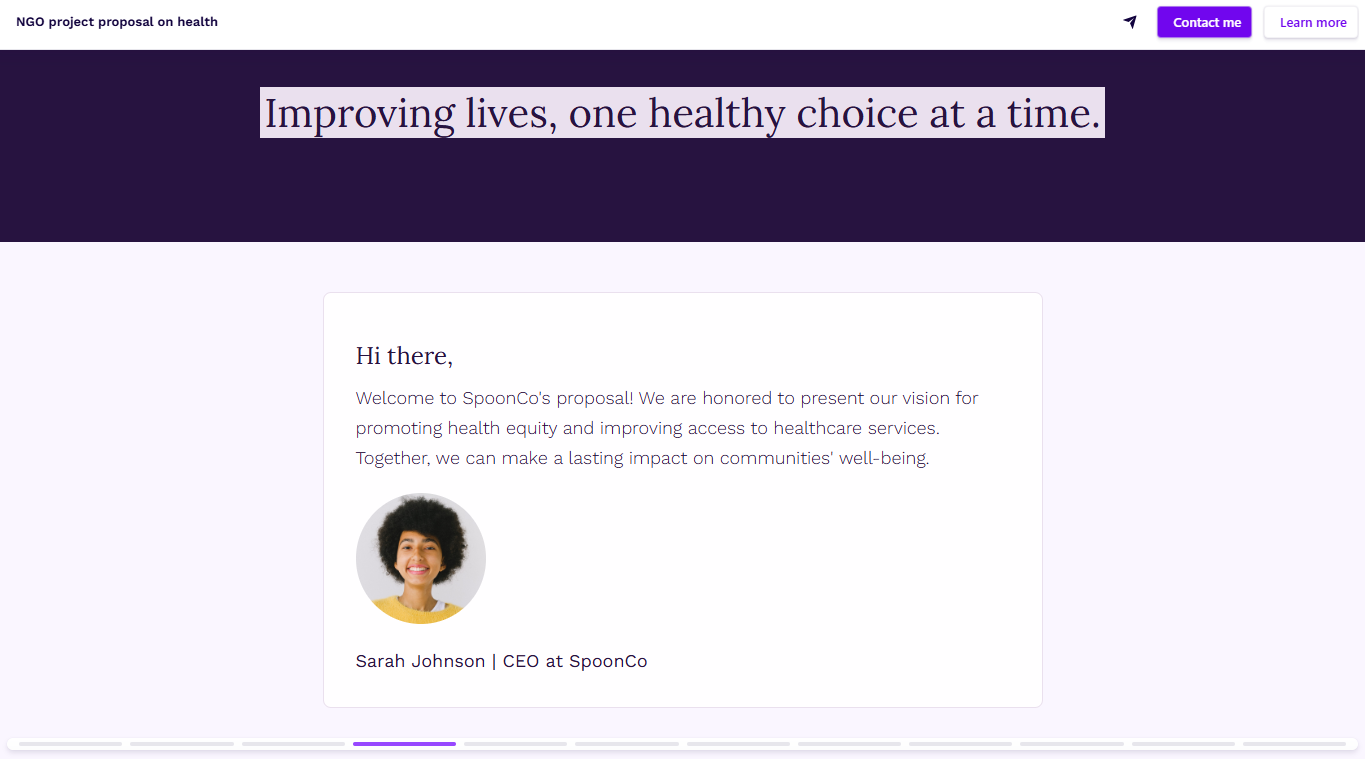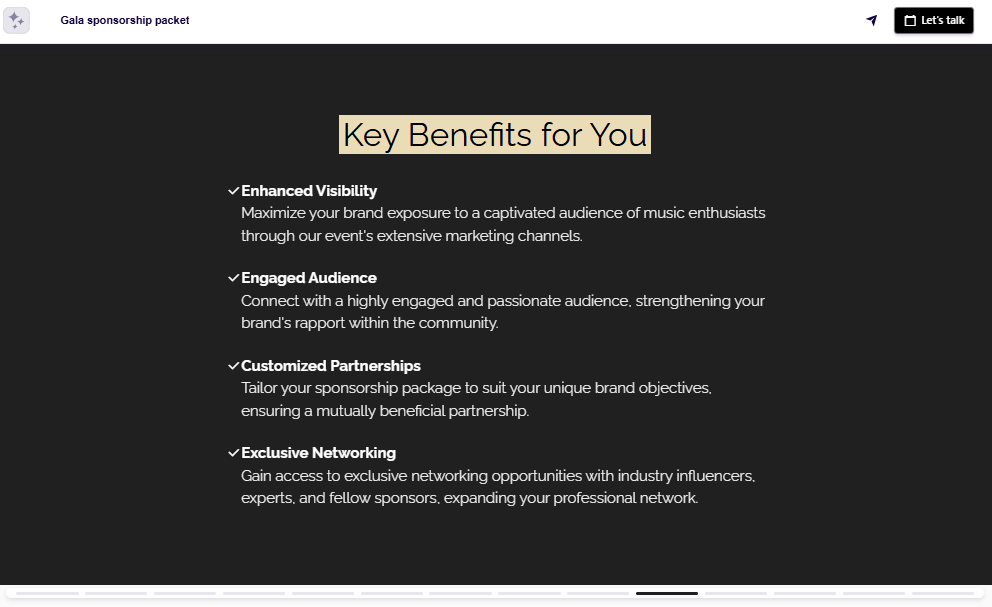Writing a Winning Sponsorship Request Letter (+Templates)
Learn how to write a sponsorship request letter to win funding. Read tips on what to include, the best format, and pick a template to get started.


Learn how to write a sponsorship request letter to win funding. Read tips on what to include, the best format, and pick a template to get started.
Short answer
A sponsorship request letter is a short message sent to a potential sponsor to ask for financial or in-kind support for a nonprofit, event, or project. It should clearly explain what you're doing, why it matters, how the sponsor can help, and what they’ll get in return.
What are the main types of sponsorships?
Financial sponsorship - The sponsor provides direct funding to support your event, project, or initiative.
In-kind sponsorship - Instead of cash, you receive products, services, or resources - like catering, equipment, or printing.
Media sponsorship - A media outlet promotes your event or cause through advertising, social posts, or press coverage.
Venue sponsorship - A company offers their space or covers venue costs in exchange for exposure.
Prize or giveaway sponsorship - The sponsor donates items or experiences for raffles, contests, or thank-you gifts.
Promotional partnership - The sponsor shares your project with their audience, helping you reach new supporters or attendees.
How to find and choose the right sponsors
Start local - Local businesses, franchises, or branches are more likely to support community projects or nearby events. Even global brands have local CSR budgets.
Check previous sponsors - Look at who’s sponsored similar events or causes in the past. If they’ve done it once, they might do it again.
Review company values - Dig into their website, mission statement, or recent press releases. Look for alignment: sustainability, education, youth development, etc.
Scan their current marketing campaigns - If they’re promoting their support for causes or community events, your timing might be perfect.
Use LinkedIn - Find the right contact: community manager, CSR lead, marketing director - whoever owns that budget line.
How to personalize your sponsorship request (the right way)
Skip the vague greeting - Find a name. If you can’t, use a job title that feels human (“Dear Community Partnerships Team” is miles better than “To whom it may concern”). Using an interactive proposal maker, you can then autofill your decks with their first name or company name to create tailor-made presentations in a few clicks.
Show you’ve done your homework - Reference a recent campaign, event, or cause they’ve supported. Bonus points if you link it to your own mission.
Tailor your offer - Match your pitch to their goals. Corporate sponsors want visibility, reach, and brand alignment. Focus on impressions, audience fit, and long-term value. Foundations or grant-makers want impact, credibility, and accountability. Focus on outcomes, reporting, and mission alignment. Media sponsors want content. Think coverage, event access, or original stories they can run.
Get visual - If you’re using an interactive deck, add their logo on the cover, embed a short intro video, or show past campaigns similar to theirs. It turns a letter into an experience.
What to include on the cover slide
Project or event name - Make it specific. (“Youth Mental Health Festival 2025”, not “Hope Rising”)
Your organization’s name and logo
Submission date
Donor name and/or logo - Optional, but a smart way to make it feel tailored.
Key contact info - So no one needs to dig through annexes to find you.
How to write your greeting
Address a specific person. If you can’t find a name, look harder.
Mention the team or department if it’s a group decision.
If you’ve met them before or spoken, reference that here.
Explain why you're reaching out to them - You can do this with one line that subtly shows you’ve researched their values, interests, or past sponsorships.
Examples of personalized greetings
Hi Dev and the Sustainability Partnerships Team - I’m reaching out because your recent work with Clean Oceans Alliance really stood out to us.
Dear Mr. Roy, I’m writing on behalf of FreshStart to explore a potential partnership around your ongoing youth development initiatives.
Hi Sam - following up on our chat at the WaterAid Conference.
What to include in your organization overview
What your organization does - In plain terms, not buzzwords. “We help underrepresented teens break into tech through hands-on mentorship” is easier to understand than “We empower diverse communities through inclusive educational pathways.”
Your mission - One line that clearly states your purpose. Avoid lofty visions - stick to what you actually do.
Track record - Past events, projects, or numbers that prove your impact. If you’ve worked with other sponsors or achieved results, this is where you mention it.
Social proof - Quick hits like press mentions, partnerships, or recognizable names on your board can go here if relevant.
Why you’re a good bet - A short line to connect the dots. “We’ve successfully organized this event five years in a row” or “Our last campaign raised $50K in under a month with 200+ volunteers on board.”
What to include in the overview section
Name the project and who it’s for
Say what the money will make possible
Make it clear you’ve got a real plan - not just big hopes and good intentions
If you’re running an event, include date, location, and expected attendance.
If it’s a project or campaign, make the timeline and outcome clear.
Examples of an overview section
“We’re organizing a two-day festival in Detroit that gives young, underrepresented artists a chance to perform on a professional stage. It’s free to attend and expected to draw over 1,200 people from local communities.”
“We’re building a digital mentorship platform to connect 300 rural students with professionals in STEM. The pilot will run from September to March.”
What to include in the impact section
Who benefits and how - Describe the people or communities you’re helping and what will change for them.
Why now - Explain the urgency. This might be a rare opportunity, a gap in services, or a response to a current moment.
What happens if it doesn’t get funded - Without sounding dramatic, it’s okay to say what’s on the line.
Larger context - Show how your cause ties into something bigger. Local impact is great; if it ladders up to a national or global issue, connect the dots.
Why this sponsor in particular - A quick line about why their support would be a good match (especially helpful if you’re tailoring it).
What to include in the benefits section
Tangible perks - If visibility is part of the pitch, include things like logo placement, social media shoutouts, speaking slots, or newsletter features.
Strategic alignment - Tie the project back to their stated mission or CSR goals. (e.g. “Your mission is improving youth literacy—here’s how we’ll deliver on that.”)
Flexibility - Mention that benefits can be tailored. That opens the door to conversation, not a yes/no decision.
Reputation and credibility - Show how being associated with your project adds value to them. Think: trusted cause, high community engagement, or influential partners.
PRO TIP: Use tabs or collapsible sections if you’ve got multiple sponsor types (corporate, local, foundation, etc.). One size never fits all.
What to include in the ask section
The total amount you’re requesting - Example: “We’re seeking $20,000 in funding to produce the full 3-month campaign.”
A short, strategic breakdown - Stick to the big buckets: “$10K to run workshops, $5K for materials, $5K for outreach.”
What it enables - Mention the outcome: “This covers all programming and lets us offer the service free of charge to 250 young adults.”
Funding milestones (if applicable) - If full funding isn’t required all at once, share how partial funding helps.
Sponsorship packages or tiered support - Useful for events or campaigns: show what sponsors get at each level and where their name or logo will appear.
PRO TIP: If your ask feels ambitious, show what’s already secured - be it your own funds, a grant, or in-kind support. This shifts the tone from “please help” to “join a proven effort.”
Examples of calls to action
A clear next step - Example: “Let’s set up a quick 20-minute call to discuss how we can partner.”
Embedded calendar (if using a deck) - Make it easy. Let them book a time directly from your proposal.
Contact info - Include your name, role, email, and phone number. If someone’s ready to act, don’t make them dig.
Other CTAs (optional) - Links to your website, media kit, video message, or additional project docs.
Stop losing opportunities to ineffective presentations.
Your new amazing deck is one click away!















